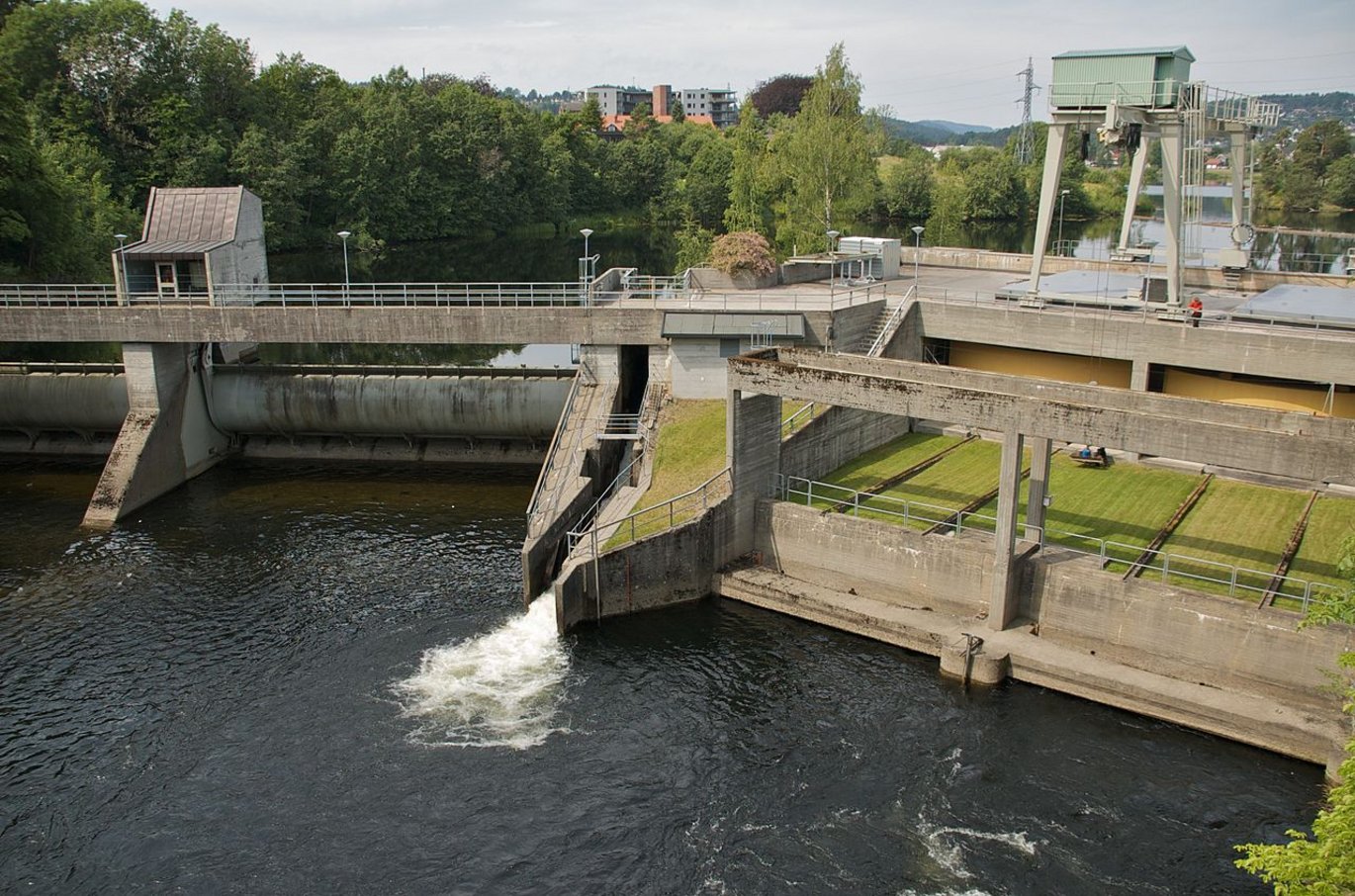Hydroelectricity in the Nordic countries
Hydroelectricity is a significant source of energy particularly in Norway and Iceland. While Greenland has invested in hydroelectricity since 1990, the establishment of new facilities has stagnated elsewhere in the Nordics due to concern about the environmental impact.

Hydroelectricity, a renewable energy source, is an attractive alternative to fossil fuels and is used to varying degrees in several of the Nordic countries. As of 2016, hydropower provides Norway with nearly all (96.2%) of its electricity, Sweden 39.8%, while Finland generates only about 23% percent of its energy this way and Denmark essentially none. Iceland derives all of its energy from renewable sources, including 72.6% from hydropower and most of the rest from geothermal sources. Since 1990, Greenland has made significant investments in hydroelectricity, which now accounts for more than half of domestic energy production.
Hydropower emerged early in the Nordic countries: in the 1880s in Sweden and 1904 in Iceland. There is, in general, wide acceptance of the facilities already in existence. However, developing hydroelectricity further presents challenges due largely to considerable public concern about the environmental impact of generating facilities. As a result, development of several river sites in Sweden’s north has been prohibited, in order to maintain their natural state. Conflict between economy and environment still surrounds the Kárahnjúkar dam in Iceland, which provides energy for Alcoa’s aluminum smelter. Concern has also been voiced that changes associated with climate change such as altered precipitation patterns and variations in temperature may impact the production of hydroelectricity.
Further reading: